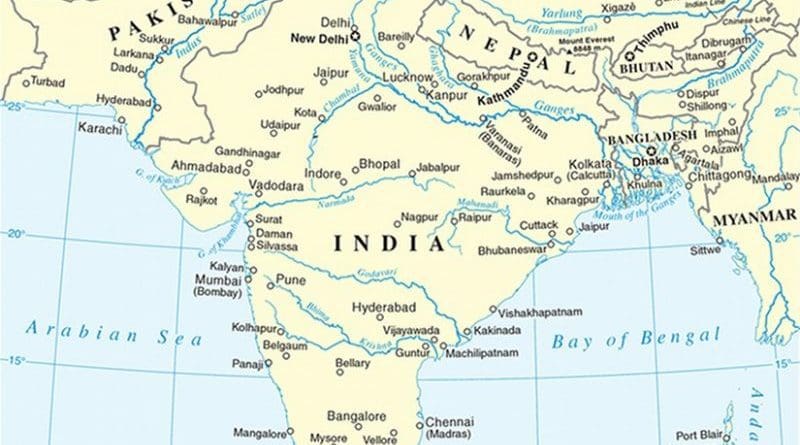The Politics Of MTCR – OpEd
As India became the 35th member of the Missile Technology Control Regime (MTCR), it is considered by India itself that the membership would be mutually beneficial in the furtherance of international non-proliferation objectives. Sardonically, this is not correct! India, immediately decided to benefit from its entry into the group by deciding on to the enhancement of the range of its supersonic cruise missile beyond its previously known limit.
India gained the membership on June 9, 2016 that was before the formal plenary held in Busan (South Korea) from 17-21 October 2016. A big assistance of Russia was behind the successful accession to the regime. Given that India is heading towards advancement of its missiles after joining the 34 nation group where, MTCR actually work to restrict the proliferation of missiles, complete rocket systems, unmanned air vehicles, and related technology for those systems capable of carrying a 500 kilogram payload at least 300 kilometres, as well as systems intended for the delivery of weapons of mass destruction (WMD).
The missile India and Russia have agreed to extend the range is their Brahmos supersonic cruise missiles beyond the current 300 km. The land-attack version of BrahMos supersonic cruise missile with an extended range increased from 290 km to 450 km was successfully test fired.
Brahmos, is a joint venture between the Russian Federation’s NPO Mashinostroeyenia and India’s Defence Research and Development Organisation (DRDO) who have together formed BrahMos Aerospace. The name BrahMos is a portmanteau formed from the names of two rivers, the Brahmaputra of India and the Moskva of Russia. It is a short-range ramjet supersonic cruise missile that can be launched from submarines, ships, aircraft or land.
It needs to be taken into account that Russia has welcomed Indian entry into the 35 nation (now 35 states after Indian entry) group very bluntly. Russia itself believes that it is a key anti-proliferating member of the group. The membership to India has definitely ease space and missile collaboration with Russia, which could not supply cryogenic engines and other dual use technology missiles to India, because it was bound by MTCR norms. This is because of the fact that the MTCR guidelines prohibit its members from transfer, sale or joint production of missiles beyond 300-km range to countries outside the group however India is in now therefore, the first thing both the countries got is, the license to increase the range of its missile.
This joint step by India – Russia is taken far offensive and pointing towards Pakistan because Brahmos with 300 km range was very difficult to target inside Pakistan but after enhancing the range the missile can hit anywhere inside Pakistan. So it is having regional implications at large in this regard. It would be worrisome not only for Pakistan but for China too. An Indian military official stated at some point of discussion, that “our threat perceptions and security concerns are our own, and how we address these by deploying assets on our territory should be no one else’s concern.” The statement depicts the aggressive an offensive mode of Indian mind making. So, a greater range for Brahmos would imply that India’s power to strike would get an unprecedented fillip.
Ironically, since 2004 the MTCR membership was stagnant to 34 countries. India’s application got accepted because of the political influence. Pakistan’s missile program is mature so joining the MTCR can be beneficial for Pakistan. Pakistan officially supports four multilateral export control regimes including MTCR. Nonetheless, it’s the political influence behind it that there is not much emphasis for MTCR around the world.
Analytically, it could be assessed from the above that India is doing this after the MTCR membership just within days, what India will do if its dream comes true of getting NSG membership. It would, for sure, lead the way for enhancing its uranium reserves for military usage. Analytically, China stonewalled India’s entry into the NSG at the recent June Plenary as it has an impact being the active member of the group but could not stall India’s membership to the MTCR seeing that it is not a member. Nevertheless, India is undoubtedly spending day by day and more and more in developing its tremendous firepower and strike capabilities. This is alarming for the world in general and the region in particular.


That is the intention behind increasing military capability. You must afraid us.